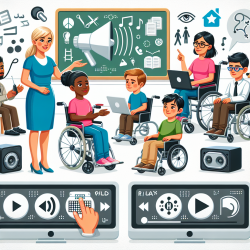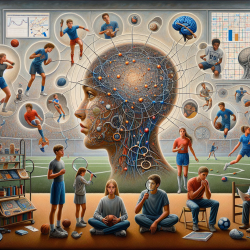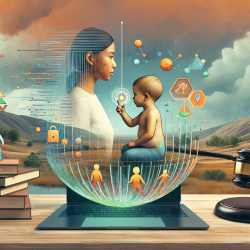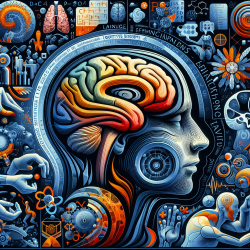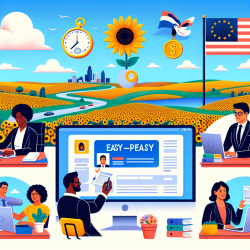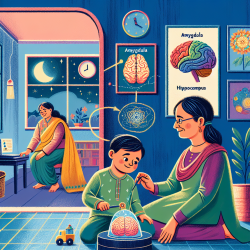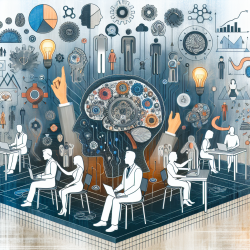Assistive technology and services play a crucial role in special education, helping students with disabilities access the curriculum and participate fully in their educational experiences. But what exactly are assistive technology and services, and how do they fit into an Individualized Education Program (IEP)? Let's dive in!
What is Assistive Technology?
According to the 1997 Amendments to the Individuals with Disabilities Education Act (IDEA), assistive technology encompasses both devices and services. An assistive technology device can be an off-the-shelf, modified, or customized device that is used to increase, maintain, or improve the functional capabilities of a student with a disability. Examples include anything from a simple pencil grip to a sophisticated communication device.
What are Assistive Technology Services?
Assistive technology services refer to any service that directly assists a student with a disability in the selection, acquisition, or use of an assistive technology device. This could include evaluations to determine the need for specific devices, training for the student and staff on how to use the device, and ongoing support and maintenance.
Consideration by the IEP Team
The 1997 Amendments to the IDEA require that the IEP team consider whether the student requires assistive technology and services. The team must evaluate the student's needs and determine what assistive technology could help the student achieve their educational goals.
Examples of Assistive Technology and Services
Here are some examples of assistive technology and services that may be incorporated into an IEP for a student with a disability:
- Listening: Assistive listening devices, tape recorders
- Writing: Word processors, spell checkers, proofreading tools, laser pointers
- Reading: Optical character recognition, books on disc, audio tapes
- Organization/Memory: Personal data managers, tape recorders, calendar programs, calculators, audio calculators
- Activities for Daily Living: Adaptive eating, drinking, dressing devices
- Mobility: Walkers, manual wheelchairs, powered wheelchairs, head switches
- Speaking: Talking computers
These examples show the broad range of assistive technology that can support students in various areas of their education and daily life. Each student's needs are unique, and the IEP team must carefully consider what specific tools and services will best support their individual goals.
At TinyEYE, we understand the importance of providing the right assistive technology and services to support students with disabilities. Our online therapy services are designed to help schools meet these needs efficiently and effectively.
For more information, please follow this link.
